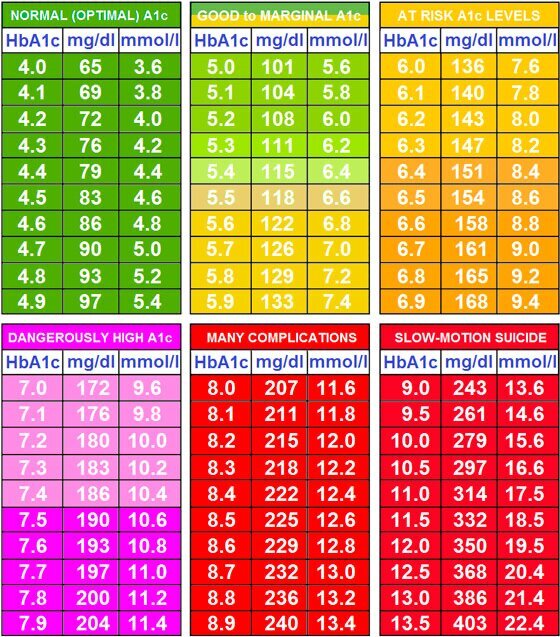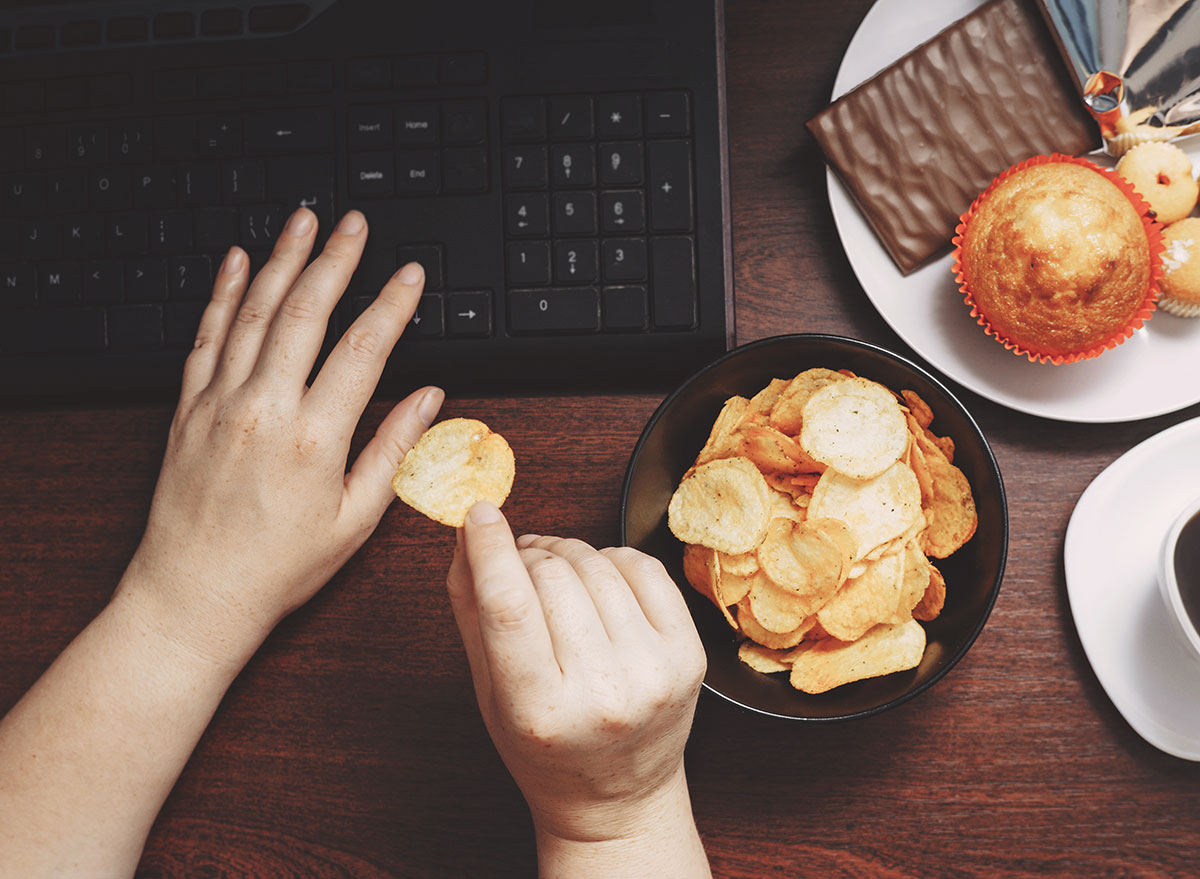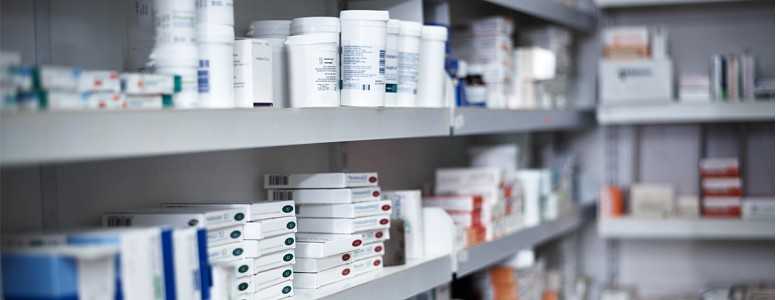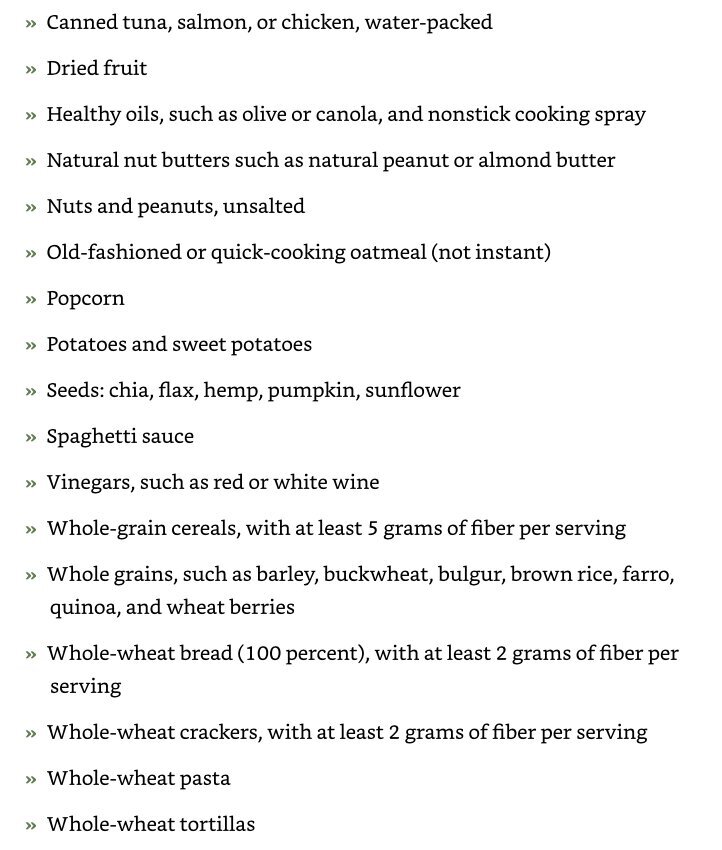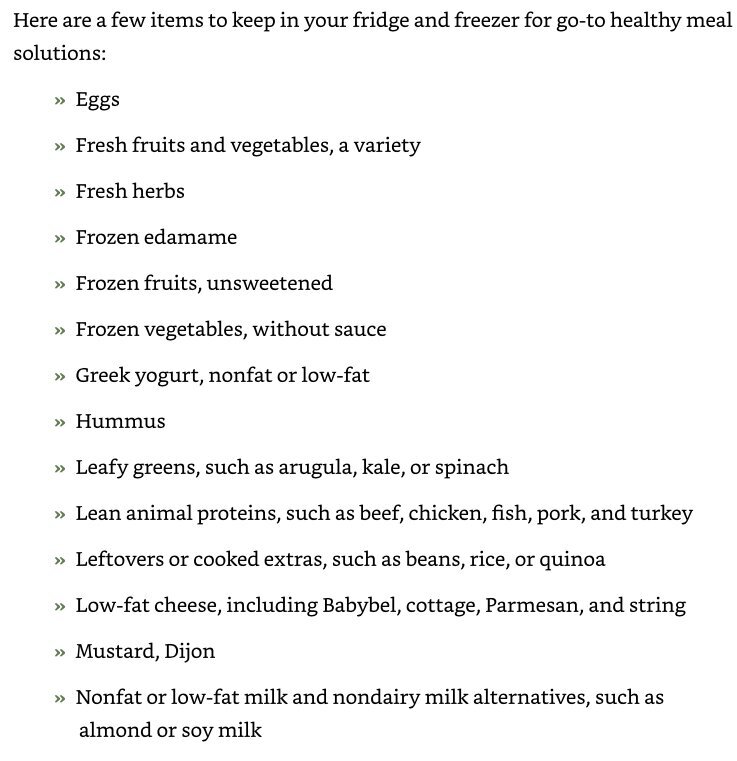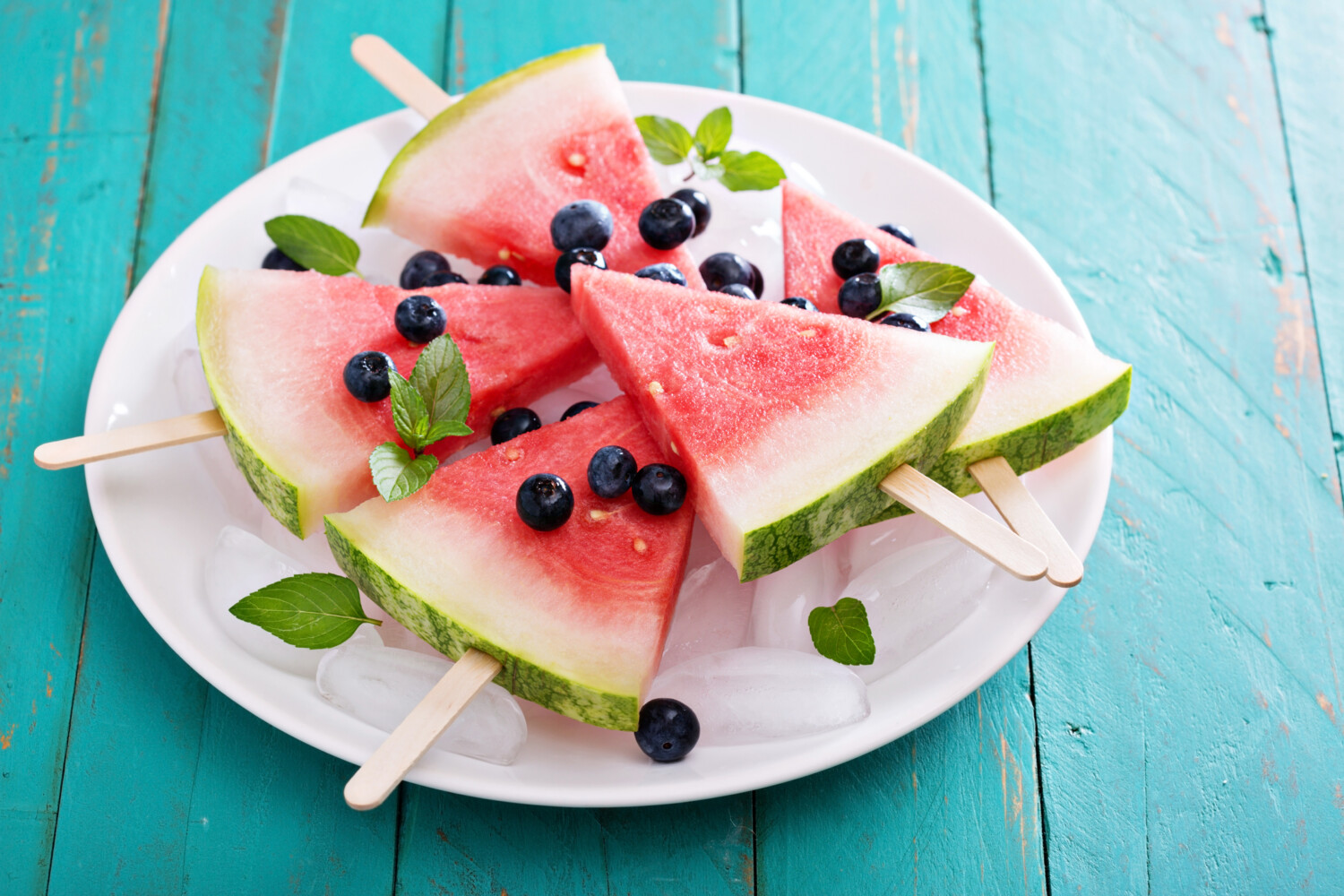
10 Surprising Things That Can Spike Your Blood Sugar
If you have diabetes, find out about surprising triggers that can send your blood sugar soaring
When you first found out you had diabetes, you tested your blood sugar often to understand how food, activity, stress, and illness could affect your blood sugar levels. By now, you’ve got it figured out for the most part. But then—bam! Something makes your blood sugar zoom up. You try to adjust it with food or activity or insulin, and it dips really low. You’re on a rollercoaster no one with diabetes wants to ride.
Knowledge is power! Look out for these surprising triggers that can send your blood sugar soaring:
- Sunburn—the pain causes stress, and stress increases blood sugar levels.
- Artificial sweeteners—more research needs to be done, but some studies show they can raise blood sugar.
- Coffee—even without sweetener. Some people’s blood sugar is extra-sensitive to caffeine.
- Losing sleep—even just one night of too little sleep can make your body use insulin less efficiently.
- Skipping breakfast—going without that morning meal can increase blood sugar after both lunch and dinner.
- Time of day—blood sugar can be harder to control the later it gets.
- Dawn phenomenon—people have a surge in hormones early in the morning whether they have diabetes or not. For people with diabetes, blood sugar can spike.
- Dehydration—less water in your body means a higher blood sugar concentration.
- Nose spray—some have chemicals that trigger your liver to make more blood sugar.
- Gum disease—it’s both a complication of diabetes and a blood sugar spiker.




